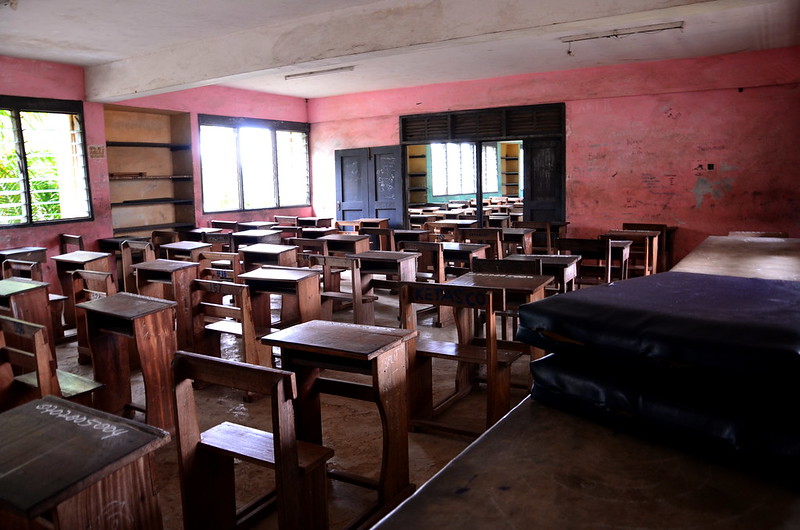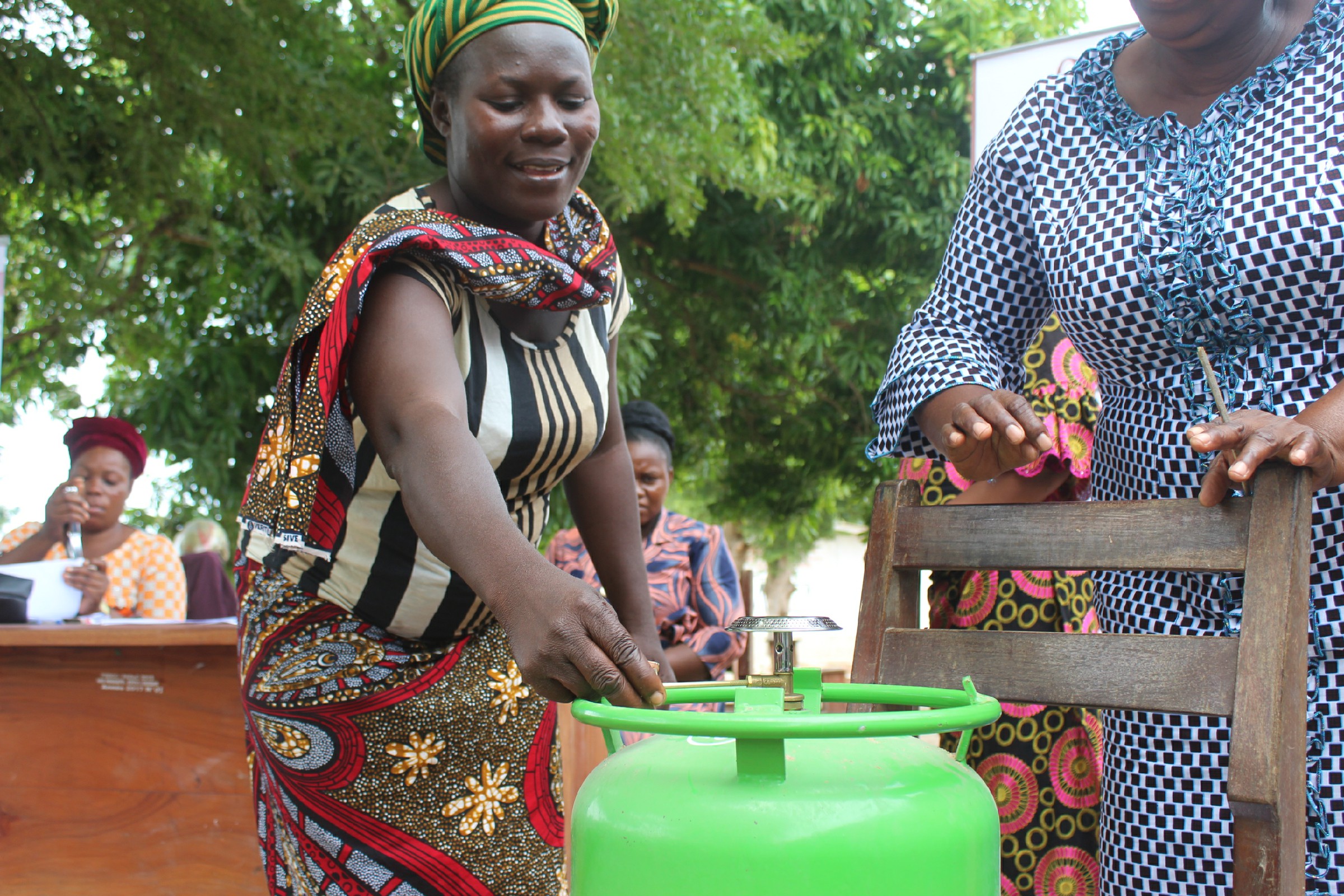Quality Education is the 4th Sustainable Development Goal with 10 targets covering different aspects of education. In this article, we focus on its target 4.5 Gender equality and inclusion. According to Worldbank, “In low-income countries, less than two-thirds of girls complete primary school, and only one in three complete lower secondary school.” The causes may be wide-ranging and varied; one consequence is often fairly unanimous: the chances of productive development and economic remuneration in adult life are significantly reduced. A guaranteed access and completion of secondary education brings many benefits for the socio-professional development of these girls.
Sadly, one of the main reasons for this is the cost of education for families. According to World bank, “15 million girls of primary school age will never enter a classroom and more than half of them live in sub-Saharan Africa.” This is the most excluded region in terms of education.
Also, it is essential to note the damage caused by COVID-19. Around one in three countries where schools are or have been closed, are not yet implementing remedial programs post-COVID-19 school closures, according to UNESCO, UNICEF, World bank and OECD.
Basic and secondary education are fundamental to breaking the cycle of poverty. So why not support families so that, while improving their businesses, they are not forced to require the early entry of their children into the workforce in order to contribute to the family’s livelihood?
With a higher level of education, this girls once adults, would manage to have healthier lives, with greater economic capacity and achieve the ability to expand these effects in their environment.
Photo: © Michael Pollak


